The strong nuclear force may abruptly loosen its grip on the fundamental particles that make up matter at a special “critical point” – researchers are now getting a clearer picture of when that point is reached
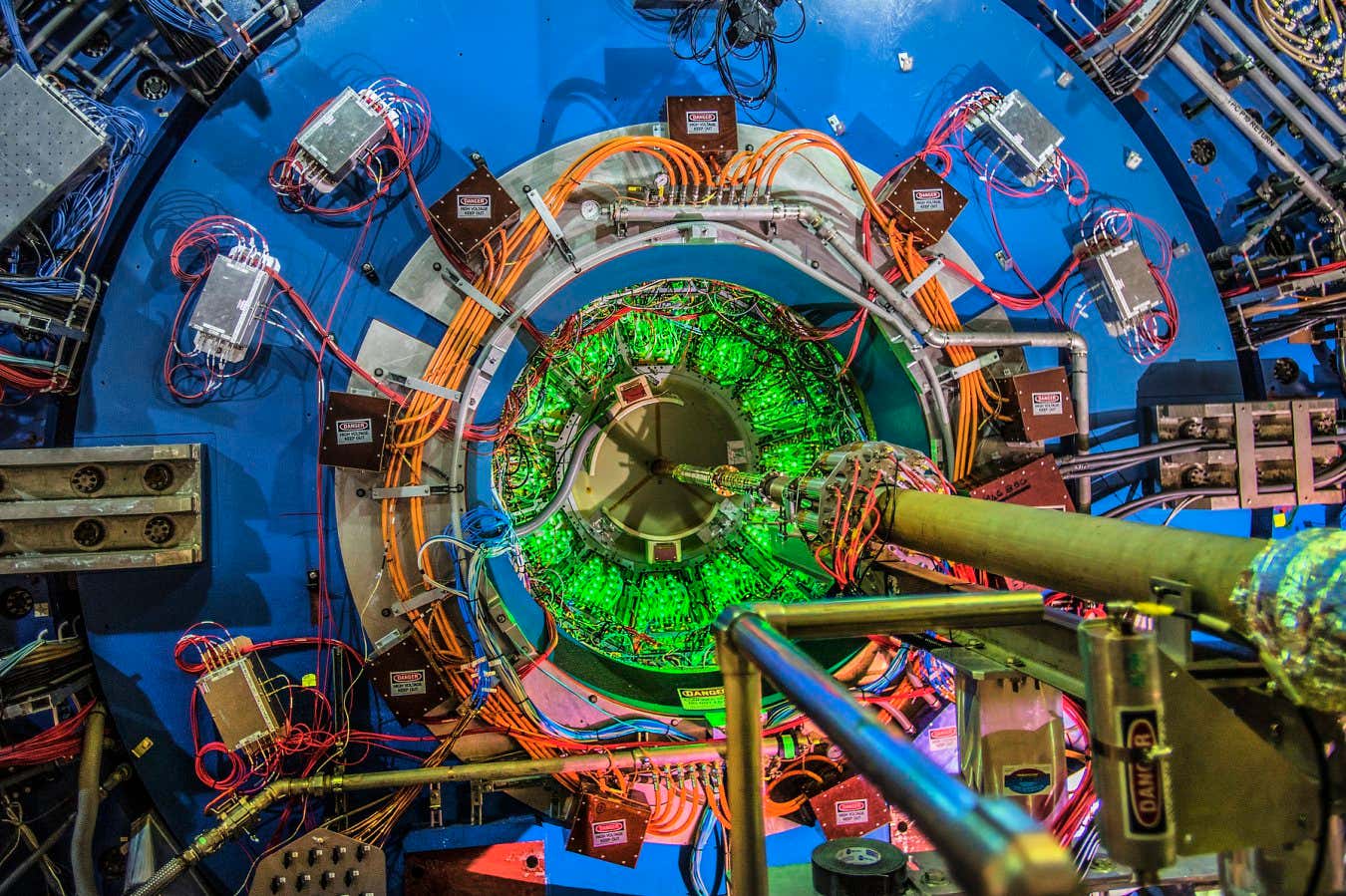


The simulation of strongly interacting many-body systems is a key objective of quantum physics research, as it can help to test the predictions of physics theories and yield new valuable insight. Researchers at Quantinuum, a quantum computing company, recently simulated a simplified version of a well-known theoretical model, the so-called Sachdev-Ye-Kitaev (SYK) model, using a trapped-ion quantum computer and a previously introduced randomized quantum algorithm.
Their simulation, outlined in a paper published on the arXiv preprint server, improves the present understanding of chaotic quantum systems that cannot be simulated using classical computers. In the future, their work could contribute to the simulation of other complex quantum systems and theoretical models.
“We were interested in the SYK model for two reasons: on one hand it is a prototypical model of strongly interacting fermions in condensed matter physics, and on the other hand it is the simplest toy model for studying quantum gravity in the lab via the holographic duality,” said Enrico Rinaldi, Lead R&D Scientist at Quantinuum and senior author of the paper.
What if the universe is a machine, and every moment in our past, present, and future is already encoded in the positions of its particles?
Physicist Sean Carroll explores the unsettling implications of classical mechanics, from Newton’s laws to Laplace’s thought experiment, showing how determinism challenges the very idea of free will.

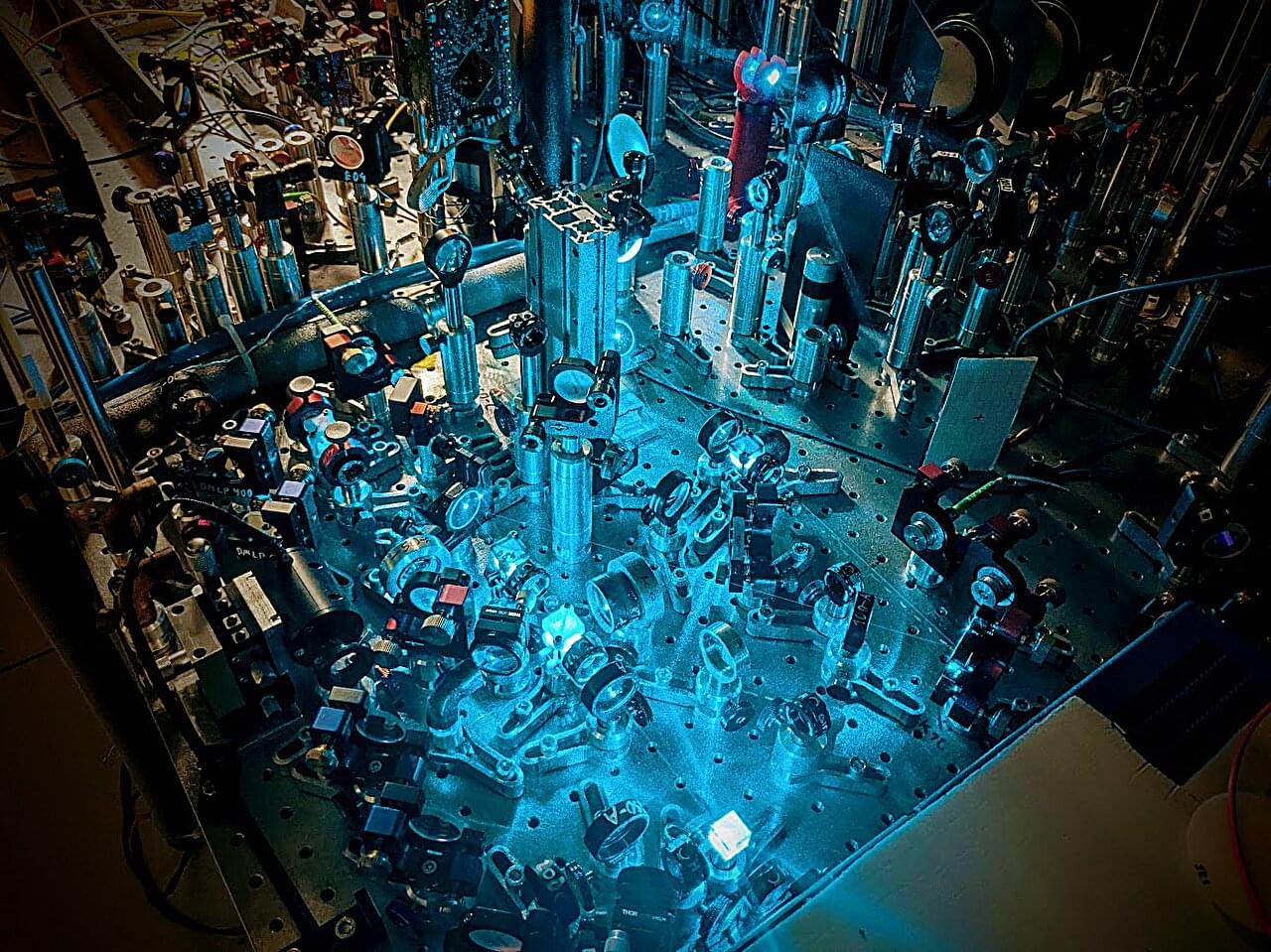
A team from the Faculty of Physics and the Center for Quantum Optical Technologies at the University of Warsaw has developed a new type of all-optical radio receiver based on the fundamental properties of Rydberg atoms. The new type of receiver is not only extremely sensitive, but also provides internal calibration, and the antenna itself is powered only by laser light.
The results of the work, in which Sebastian Borówka, Mateusz Mazelanik, Wojciech Wasilewski and Michał Parniak participated, were published in Nature Communications. They open a new chapter in the technological implementation of quantum sensors.
In today’s society, huge amounts of digital information are transmitted around us every second. Much of it is transmitted by radio, i.e. using electromagnetic waves. For a very long time, amplitude modulation has been used to encode information, sending stronger and weaker waves.

A new twist on a classic material could advance quantum computing and make modern data centers more energy efficient, according to a team led by researchers at Penn State.
Barium titanate, first discovered in 1941, is known for its powerful electro-optic properties in bulk, or three-dimensional, crystals. Electro-optic materials like barium titanate act as bridges between electricity and light, converting signals carried by electrons into signals carried by photons, or particles of light.
However, despite its promise, barium titanate never became the industry standard for electro-optic devices, such as modulators, switches and sensors. Instead, lithium niobate—which is more stable and easier to fabricate, even if its properties don’t quite measure up with those of barium titanate—filled that role instead. But by reshaping barium titanate into ultrathin strained thin films, this could change, according to Venkat Gopalan, Penn State professor of materials science and engineering and co-author of the study published in Advanced Materials.
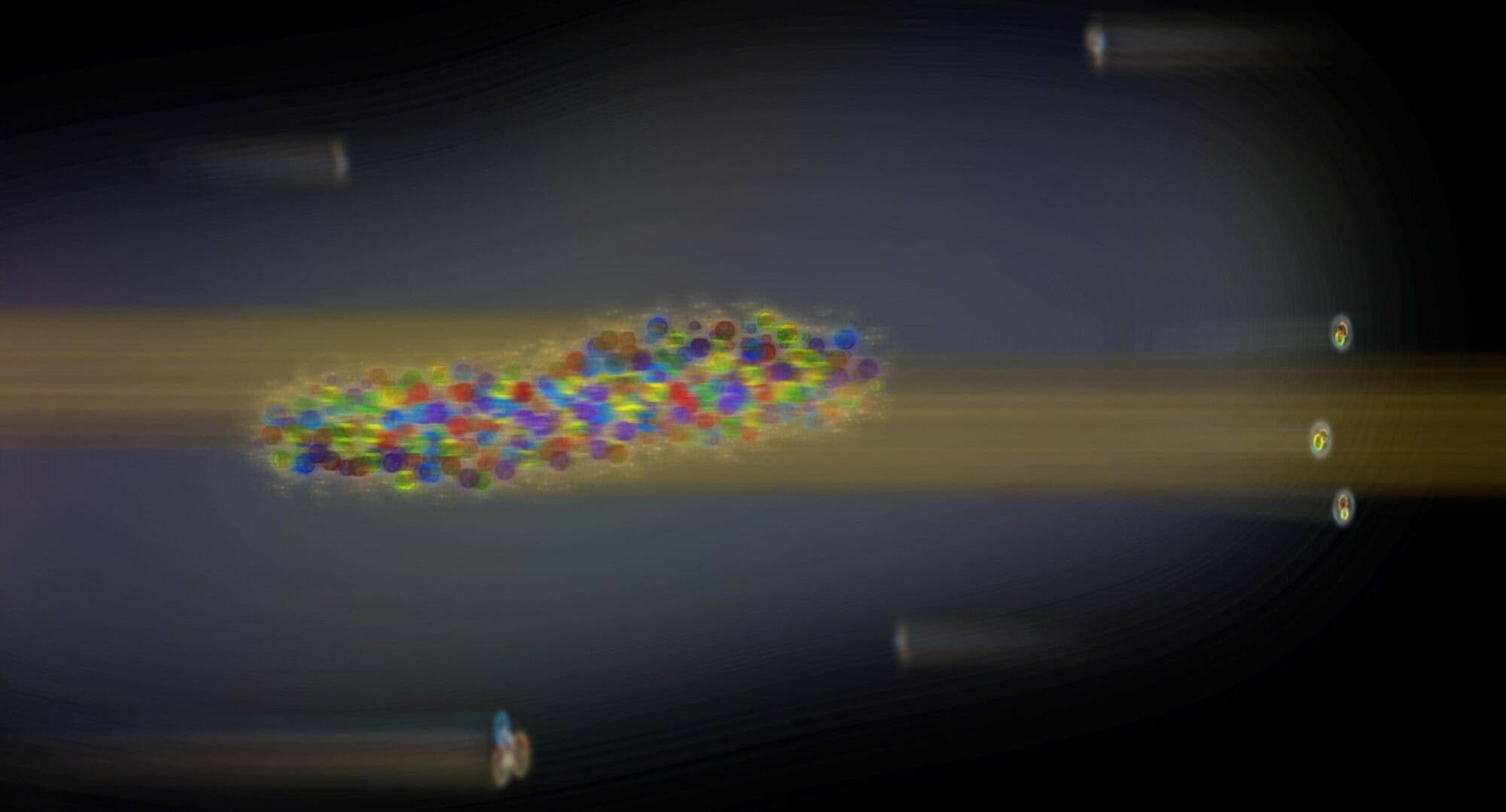
For the first time, by studying quantum correlations between triplets of secondary particles created during high-energy collisions in the LHC accelerator, it has been possible to observe their coherent production. This achievement confirms the validity of the core-halo model, currently used to describe one of the most important physical processes: hadronization, during which individual quarks combine to form the main components of matter in the universe.
Quarks and the gluons that bind them are the most numerous prisoners in today’s universe, locked inside protons, neutrons and mesons. However, at sufficiently high energies—such as those that existed shortly after the Big Bang or those that occur today in proton collisions in the LHC accelerator—quarks and gluons are released, forming an exotic “soup”: quark-gluon plasma. Under normal conditions, this plasma is not stable, and as soon as it cools down sufficiently, the quarks and gluons bind together again, producing particles of matter in a process called hadronization.
New details of this fascinating phenomenon, obtained through the analysis of so-called three-body quantum correlations, have been reported by physicists from the Institute of Nuclear Physics of the Polish Academy of Sciences (IFJ PAN) in Krakow, working as part of the LHCb experiment conducted by the European Organization for Nuclear Research (CERN) in Geneva.
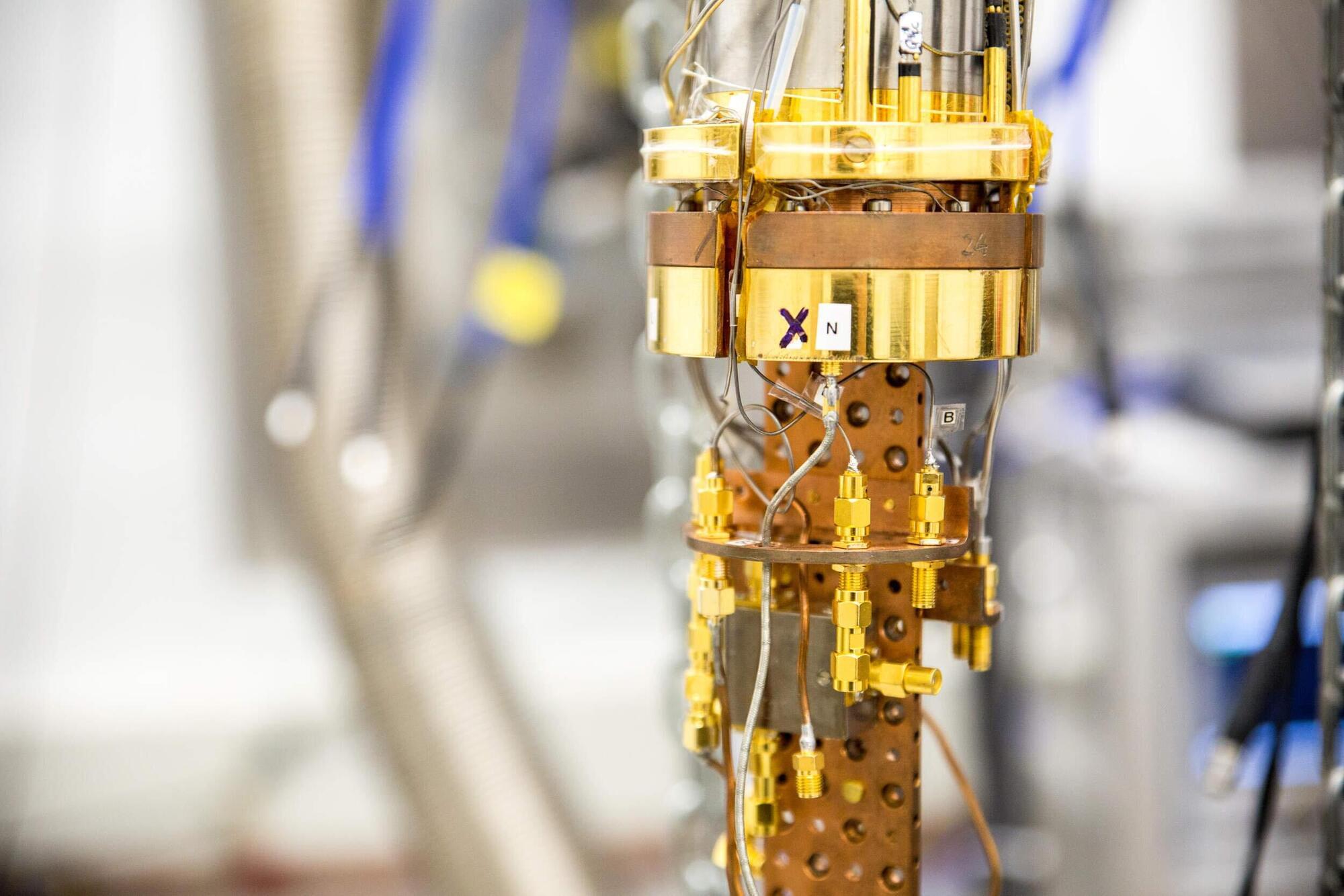
A glittering hunk of crystal gets its iridescence from a highly regular atomic structure. Frank Wilczek, the 2012 Nobel Laureate in Physics, proposed quantum systems––like groups of particles––could construct themselves in the same way, but in time instead of space. He dubbed such systems time crystals, defining them by their lowest possible energy state, which perpetually repeats movements without external energy input. Time crystals were experimentally proved to exist in 2016.

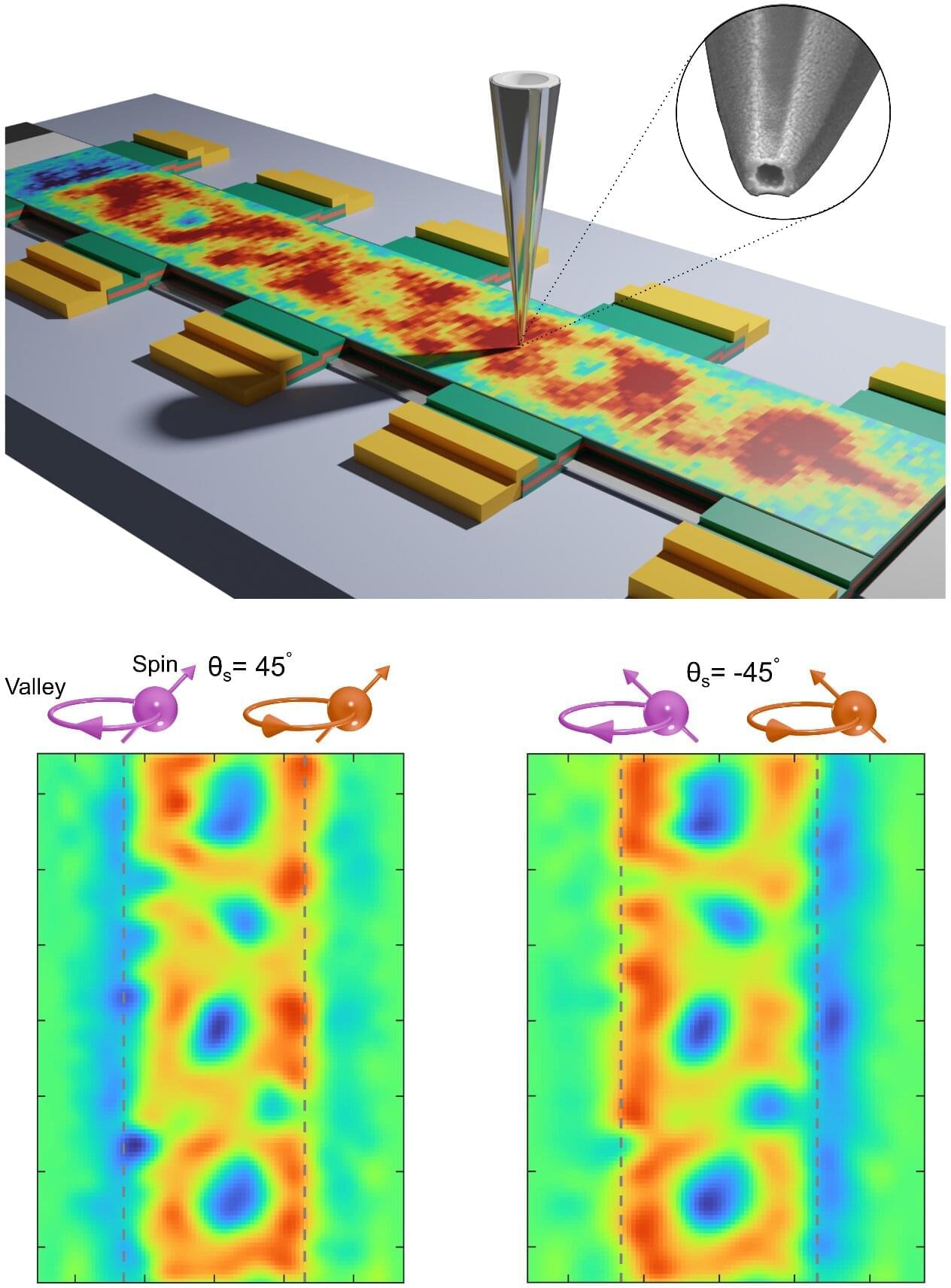
Graphene, which is comprised of a single layer of carbon atoms arranged in a hexagonal lattice, is a widely used material known for its advantageous electrical and mechanical properties. When graphene is stacked in a so-called rhombohedral (i.e., ABC) pattern, new electronic features are known to emerge, including a tunable band structure and a non-trivial topology.
Due to these emerging properties, electrons in rhombohedral graphene can behave as if they are being influenced by “hidden” magnetic fields, even if no magnetic field is applied to them. While this interesting effect is well-documented, closely studying how electrons organize themselves in the material, with their spins and valley states pointing in different directions, has so far proved challenging.
Researchers at Weizmann Institute of Science recently set out to further examine the local magnetization textures in rhombohedral graphene, using a nanoscale superconducting quantum interference device (nano-SQUID). Their paper, published in Nature Physics, offers new insight into the physical processes governing the correlated states previously observed in the material.